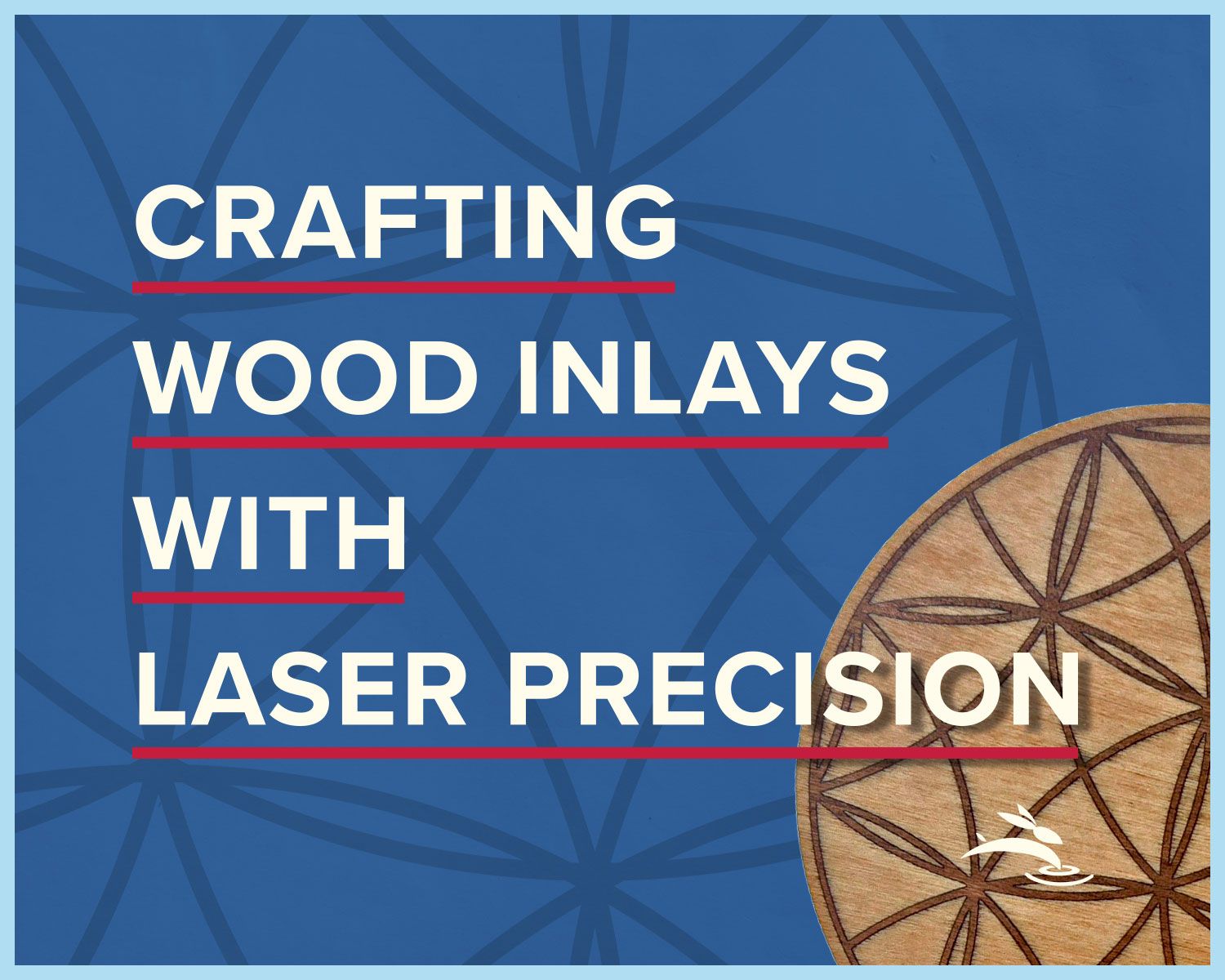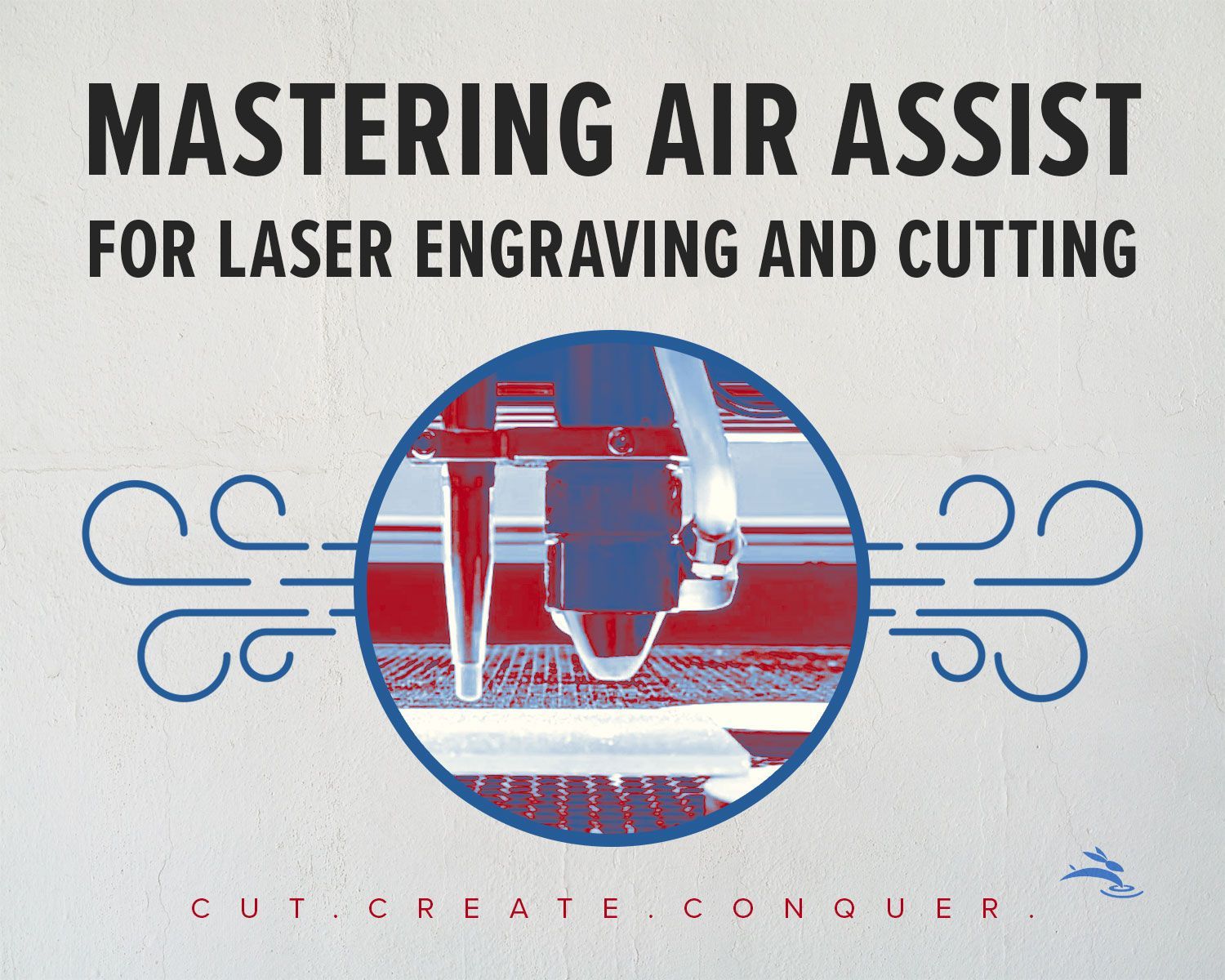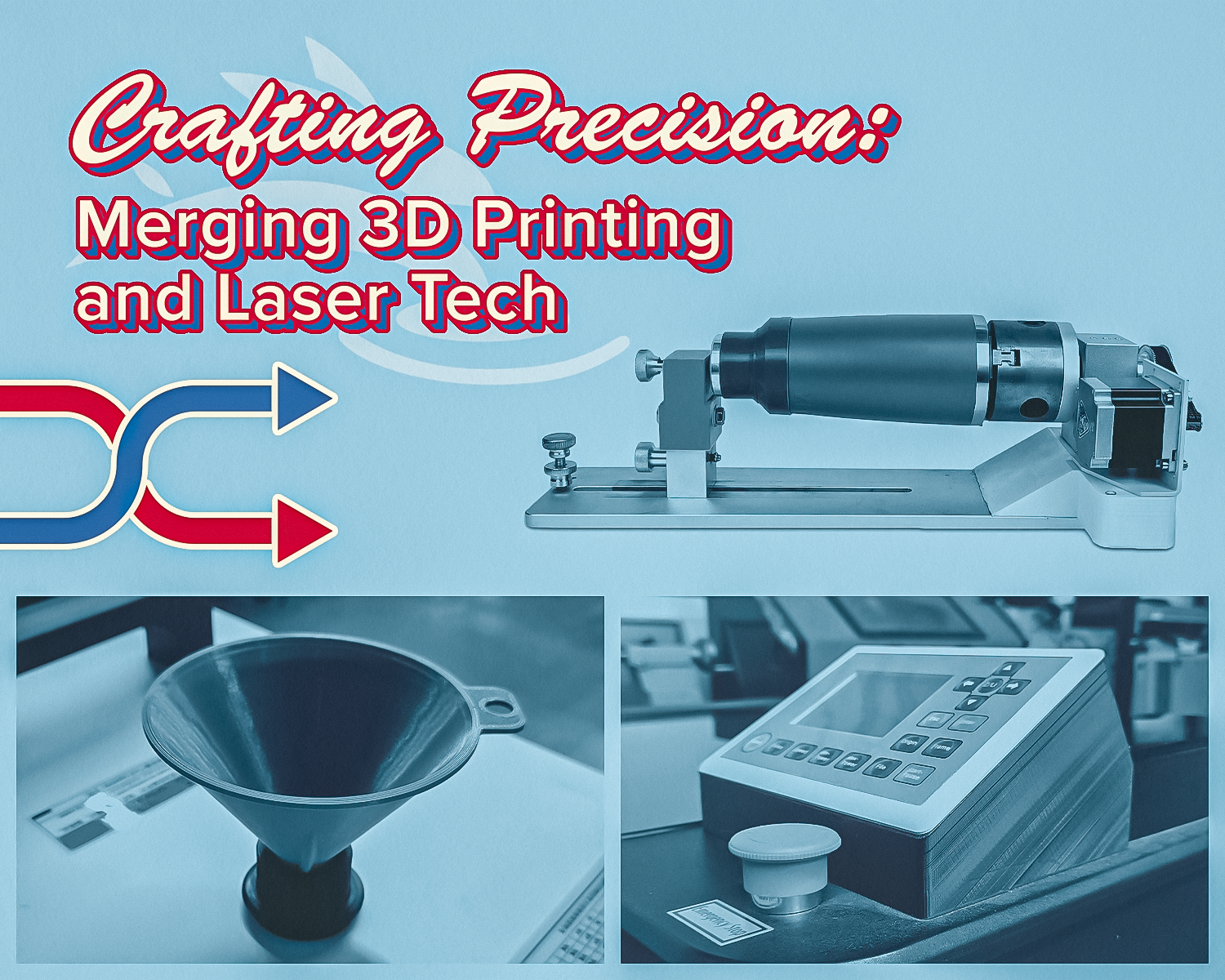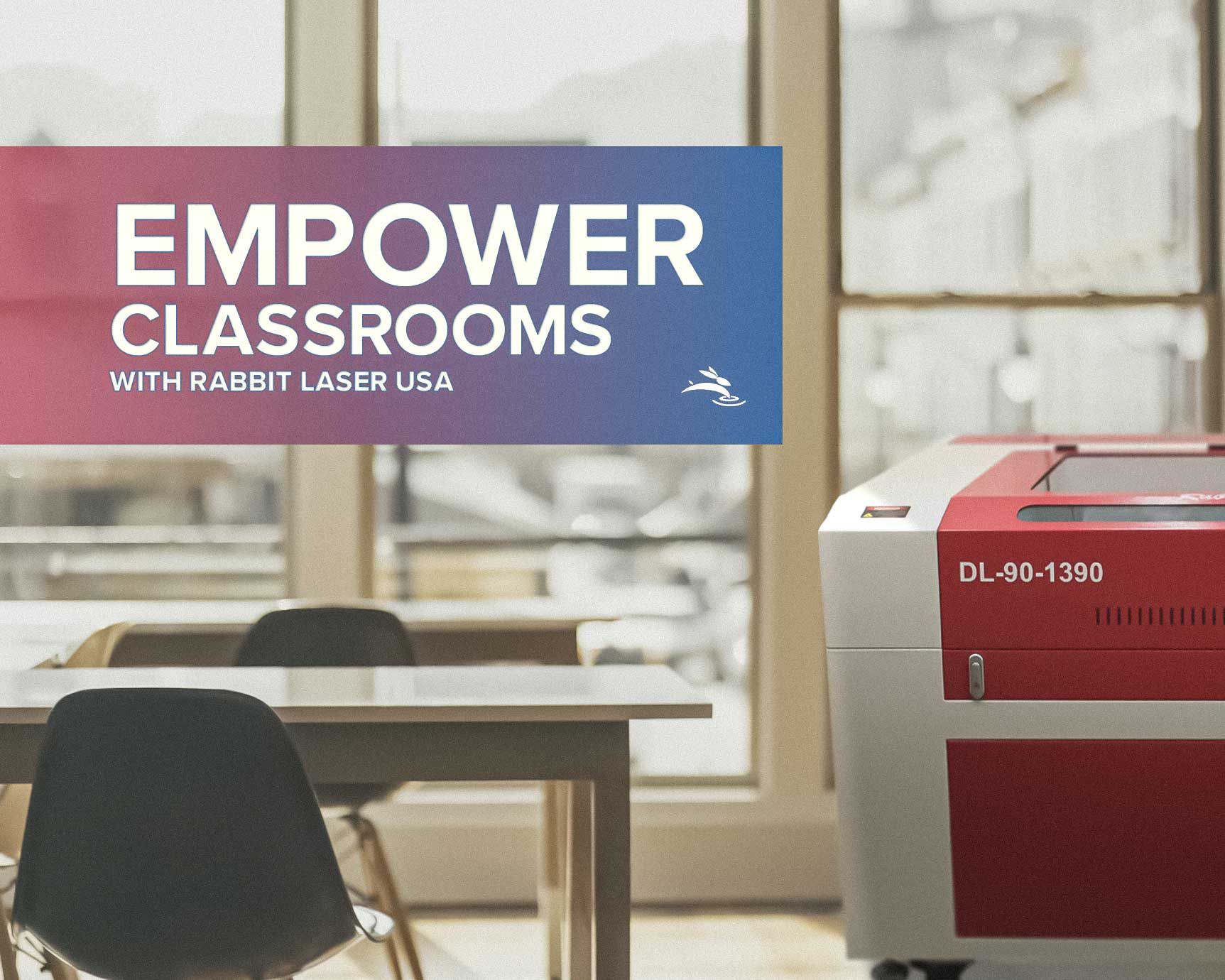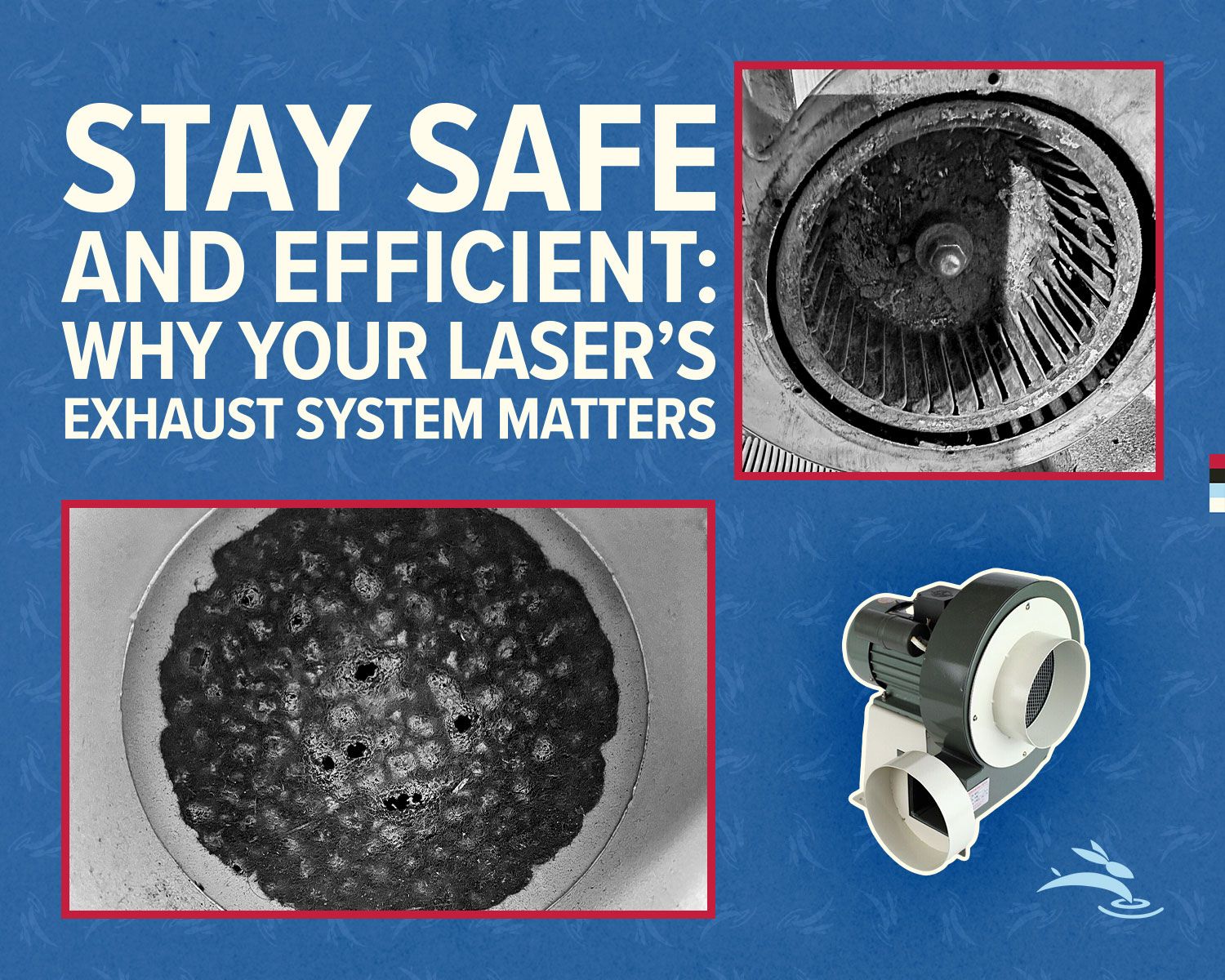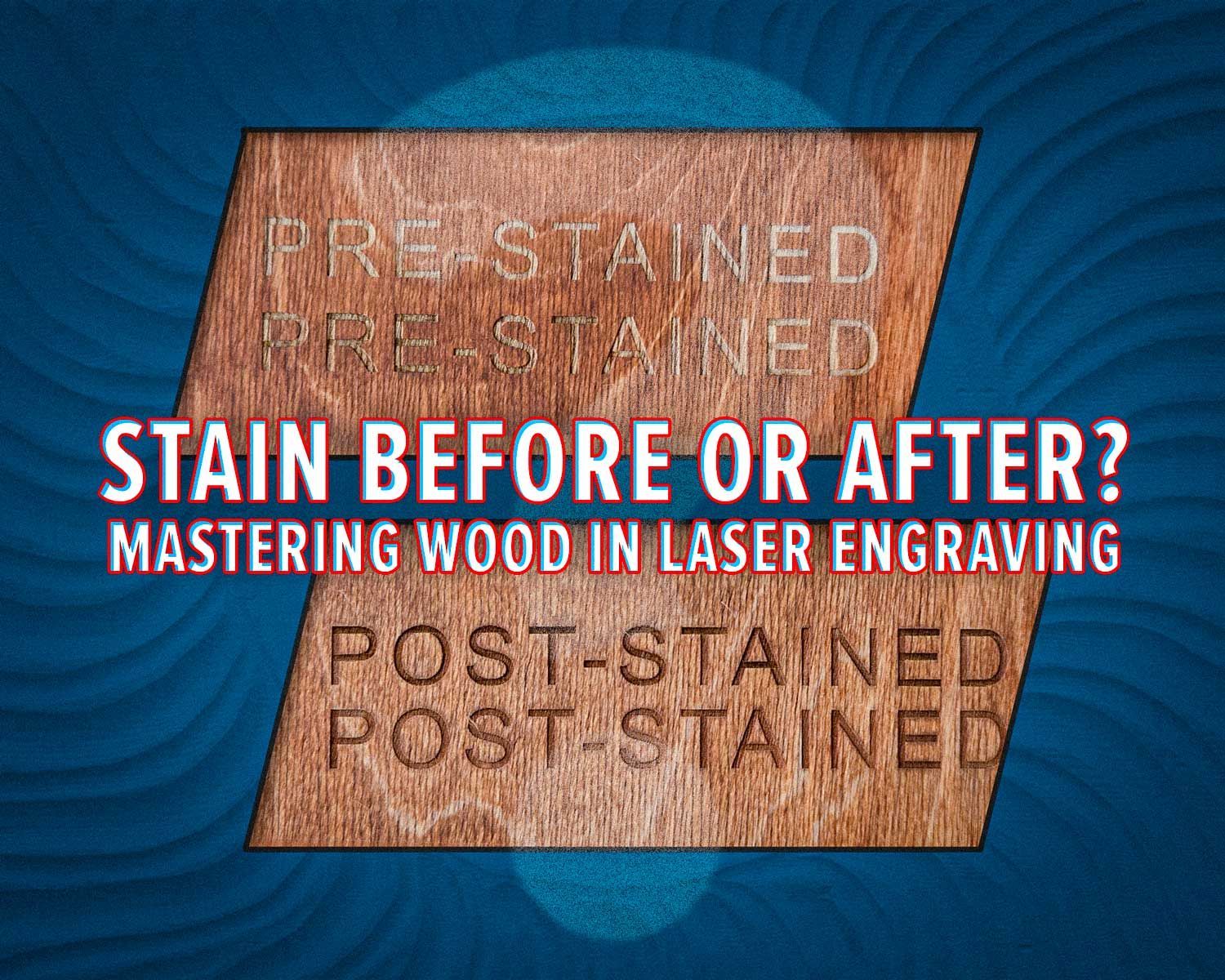
Stain Before or After? Mastering Wood in Laser Engraving
Ever wondered if you should stain your wood before or after laser engraving? This decision can make a big difference in the look and quality of your finished project. With the growing popularity of customized wood crafts, knowing the ins and outs of wood staining with laser engraving can elevate your DIY projects to professional standards.
Understanding Wood Staining and Laser Engraving
The practice of staining wood serves both protective and aesthetic purposes, preserving the material from wear and environmental exposure while enhancing its natural beauty. As laser engraving becomes more accessible and popular for both hobbyists and professionals, the interaction between stain, wood, and laser has become a critical point of consideration. Choosing whether to stain before or after engraving can affect everything from design clarity to engraving depth.
Exploring Staining Techniques and Laser Effects
Staining Before Engraving
Staining wood prior to engraving can influence how the laser interacts with the wood. A pre-stained surface can provide a uniform backdrop that might enhance the contrast of engraved areas, helping details pop. However, this method can also introduce challenges such as inconsistent burning or altered laser absorption due to the stain's properties.
Real-Life Example: In an experiment with various stains on hardwoods like oak, it was observed that darker stains could provide excellent contrast but required careful adjustment of laser settings to avoid uneven burns.

Finishing After Engraving
Most experts suggest applying a finish after engraving. This approach allows the laser to directly interact with the wood, ensuring precise control over the engraving quality. Post-engraving finishes help seal both the engraved and non-engraved areas, protecting them from damage and degradation over time.
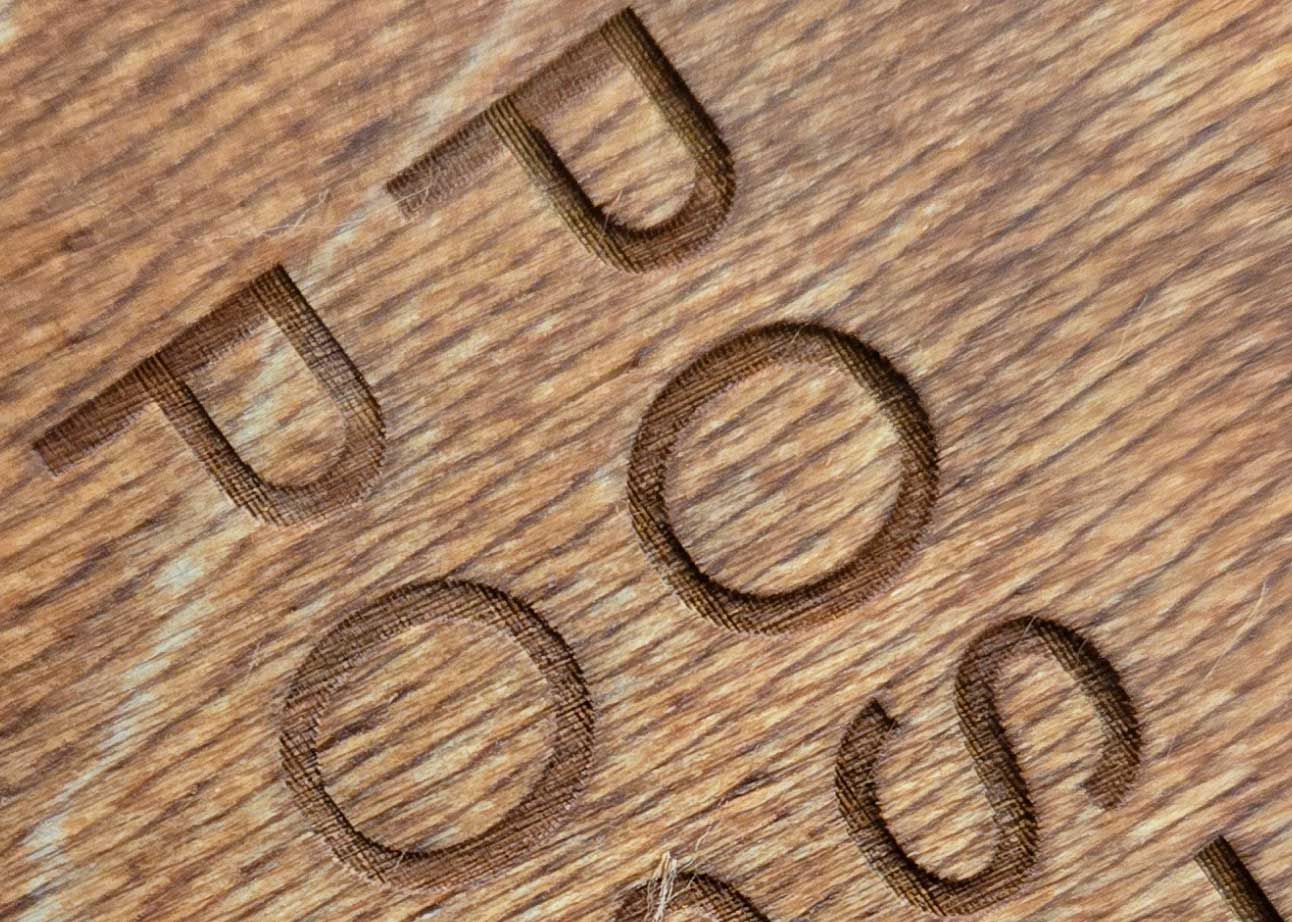
Practical Guidance for Optimal Results
When deciding your staining and finishing strategy in laser engraving, consider these actionable tips:
- Conduct Preliminary Tests: Always experiment with small samples of your wood and stain/finish to fine-tune laser settings and avoid wasting materials.
- Select Appropriate Finishes: Choose finishes that are safe and effective for laser engraving to prevent harmful fumes and ensure a durable result.
- Customize Laser Settings: Be ready to adjust your laser's power and speed based on whether you're working with treated or untreated wood to achieve the best results.
Clarifying Common Misconceptions
- Impact of Staining on Wood Strength: Staining does not inherently weaken wood but can change how it reacts to the laser, necessitating adjustments in laser settings.
- Safety Concerns with Finishes: While certain finishes can be flammable, using recommended products and correct settings minimizes risks during the engraving process.
Wrapping Up
Choosing when to stain and finish wood in laser engraving projects depends on the specific effects you aim to achieve and the characteristics of the wood you use. Through understanding the dynamics between the stain, wood, and laser, you can significantly improve the quality and appearance of your engraved pieces.
Enhance Your Engraving Journey: Ready to take your laser engraving projects to the next level? Discover the precision and versatility of Rabbit Laser USA’s machines. Whether you’re a hobbyist looking to refine your craft or a business aiming to expand your production capabilities, our lasers provide the quality and reliability you need. Explore our range of laser engravers today and start creating masterpieces with ease!
Stay Connected: Follow us on social media and 25 to our newsletter for more tips, updates, and promotional offers. Let us help you make the most of your laser engraving journey! 🐰
